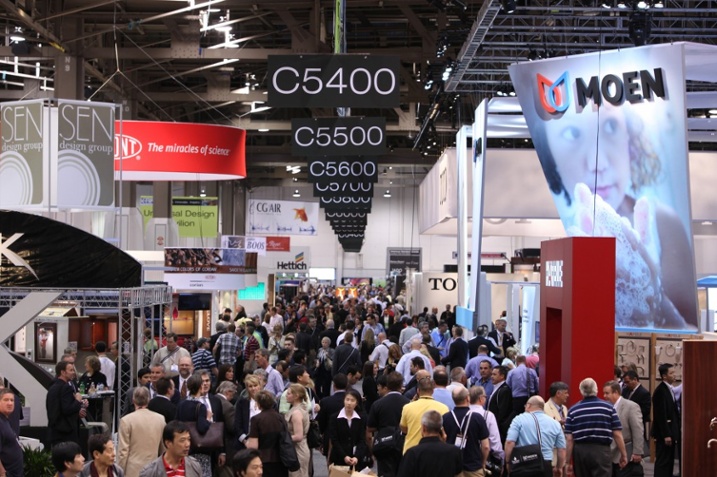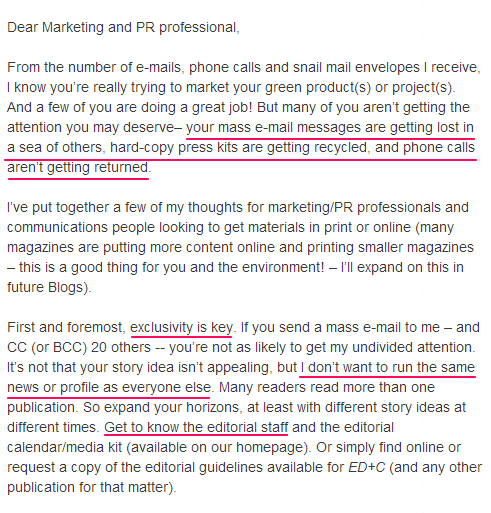Considering a new-product launch? Want to give it a running start?
You may not believe it any more, but trade shows were actually invented for this sort of activity. Our recent economic woes have taken much of the shine off product shows. Indeed, it is reasonable to assume that tomorrow’s trade shows will — and must — look very different than their predecessors. But as a tool for reaching a critical mass of your core audience in a single time and place, the trade-show model still has a lot of life left in it.
Of course, not every industry player attends a given trade show in a given year. Even those who do may not find your booth. And even those who drop by may well forget most of what they saw once they return to their daily routines.
That is why a big part of your show-floor, product-launch strategy should include an aggressive outreach to all media in attendance: print, digital and – if available –broadcast. Your primary role at these events is to identify, package and convey your news to these folks, so they, in turn, are better able to deliver this news to their audiences; i.e., your customers and prospects. Except for word of mouth and referrals from friends, those audiences will likely find what the media have to say about your product the most convincing stimulus to action.
What are the most effective ways to connect with media attending a trade show? A mix of methods typically works best. Here are a few of the most important:
Hold a “presser”: If you have a major new product to unveil, a press conference early on Day 1 can be the best way to grab the media’s attention at a show. These events are often held before the show officially opens, so you have the media’s undivided attention — and they yours, because no customers are around. Having your CEO or some other senior exec lead the presentation is the best way to assure preliminary interest and a bias to attend, especially if your event is up against other press opportunities happening concurrently. Like all of us, managing our schedules, the media focus inevitably on the stature of the speaker as well as the relevance of the news.
Offer one-on-one interviews: The downside of a press conference — from the media’s point of view — is that every attending scribe is hearing exactly the same presentation. Sure, that’s great for your messaging, but remember: The media must set themselves apart from their competitors, too. So, reinforce your presser by offering top-tier media outlets one-on-one time with a senior company manager — well out of earshot from any rivals. Given an opportunity to ask his or her own questions in private, the editor can create his/her own slant on the story. The benefit for your brand and your new product may ultimately be stronger coverage in the form of a bigger story or one that more fully presents your product’s best selling points.
Always conduct booth tours: Not every editor will attend your press conference. Not everyone will make the time for a one-on-one meeting. Regardless, be sure to offer every media attendee an appointment for a personalized tour of your booth. This will allow you to present your new-product story in vivid detail, as well as to make certain the media carry away any press materials you have created for the occasion. (More on what those should look like at another time.)
Just as importantly, it will give you a prime chance to get to know each media member better, both professionally and personally: What sorts of topics and stories is the editor/blogger/producer pursuing? How might our new product fit into her plans? How might our company otherwise support that pursuit — both today and in the future?
In short: How can you help the media, not just how can the media help you?
Even if you have no new product to launch at a particular show, the booth tour is an excellent way to build and sustain relationships with the media. Forget the notion of “taking a show off” because “we have nothing new to say.” The media is always writing about something; always looking for ideas, projects and personalities; always open to substantive input when chronicling the story of the industries they cover.
In the end, building relationships with media members, one at a time, is the most effective way to make sure your company remains an integral part of that ongoing story.


.png)

